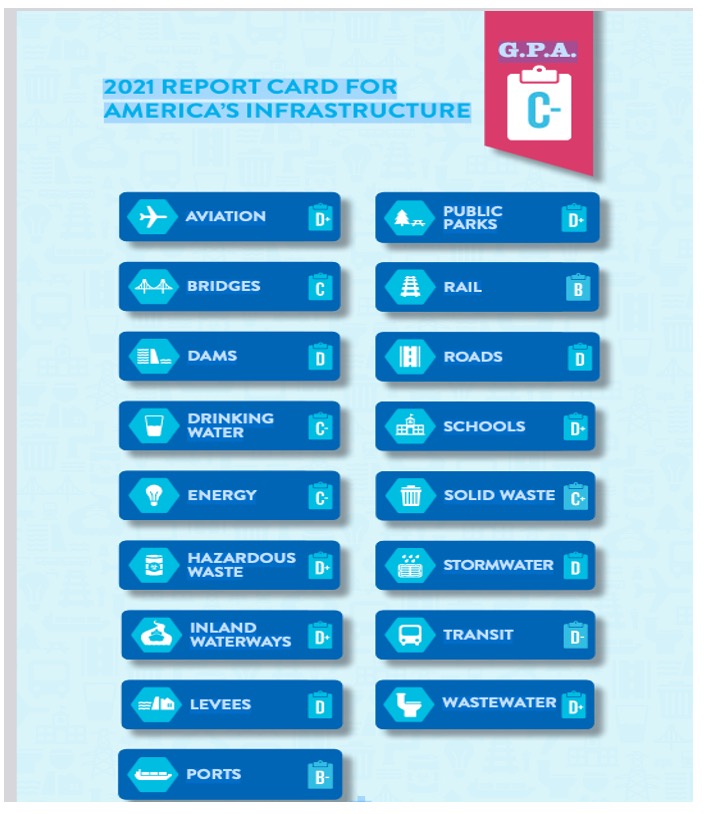Comments
PLANNING WATCH - Last week’s Planning Watch column explained why LA’s infrastructure is in such bad shape. Some of the comments, in my view, were so off-base that I thought a follow-up column would help readers understand why City of Los Angeles employees and their union contracts are not responsible for the long-term deterioration of the city’s infrastructure.
The “raises” that City employee unions have successfully negotiated are, in fact, Cost of Living Adjustments. More specifically, $1000 dollars in January 2000 is the equivalent of $1,850 in March 2024. To obtain a real raise, city employees must get a promotion since their Cost of Living Adjustments only keep up with inflation. In the 2000-2024 period employees needed an average annual Cost of Living Adjustment of 4.2 percent to hold their own. This is almost exactly the amount of annual increase in the City’s latest contract with its unionized employees.
To understand the real causes of LA’s deteriorating infrastructure, which is part of a national trend, we need to consider the following:
The American Society of Civil Engineers (ASCE) grades the quality of public infrastructure in the entire country. The trends I discussed last week for sidewalks, streets, water mains and sanitary sewers, urban forest, and overhead wires are similar to most other cities, regardless of their labor contracts. The ASCE data is long term and documents broad, cumulative under-investment in public infrastructure, that needs to be reversed:

According to the Los Angeles Times, these national trends definitely apply to Southern California, where public investment in infrastructure has dropped 37 percent over the past decade. Of particular concern are bridges, since only 50 percent are in “good condition” and spending on water infrastructure is down 38 percent in the same period.
Other factors are also at work:
First, the neglect of LA infrastructure can be traced back to the late 1960s. This was when the City Council and the Department of City Planning last adopted General Plan elements for municipal infrastructure. It was also long before contracts with the unions representing City employees were negotiated.
Second, the LAPD gets a disproportionate amount of the City of LA’s budget, theoretically forcing other City departments to cut back on their infrastructure investments, one point in last week’s Planning Watch column.
Third, Federal assistance to cities, especially block grants from the Department of Housing and Urban Development (HUD), have shrunk. According to the Urban Institute, HUD’s Community Development Block Grants (CDBG) to cities have “fallen 80 percent since its peak in the late 1970s, from $15 billion a year to $3 billion.”
Fourth, at the Federal level national security expenses have soared, reaching $1.4 trillion in 2022. Since then the White House and Congress have approved many supplemental military expenditures, such as $95 billion in recent military aid for Ukraine, Israel, and Taiwan. These enormous and steadily increasing national security budgets do not leave much room for Federal capital infrastructure investments, which have steadily declined since the 1950s.
How can these factors be reversed:
The first step is to prepare and adopt an updated Infrastructure Element for the City of LA’s General Plan. After a half century, conditions have so changed that the existing General Plan element for infrastructure is no longer relevant. Luckily, the State of California provides General Plan Guidelines, which can assist this update process. Once adopted, the new Infrastructure Element of the Los Angeles General Plan must be carefully monitored, a process that no longer takes place.
The second step is to ensure that the City of LA’s Capital Improvement Program, managed by the City of LA’s Administrative Officer, is synchronized with the updated and monitored Infrastructure Element. Without the close alignment of these documents, the City’s capital investments are nothing more than the construction wish-lists of each municipal department, totally separate from the planning process.
While these steps are not a guarantee that LA’s decrepit infrastructure will be mended, these are critical steps in that direction.
(Dick Platkin is a retired Los Angeles city planner who reports on local planning issues for CityWatchLA. He is a board member of United Neighborhoods for Los Angeles(UN4LA). Previous columns are available at the CityWatchLA archives. Please send questions to [email protected].)
















